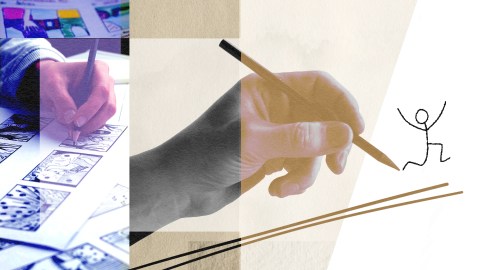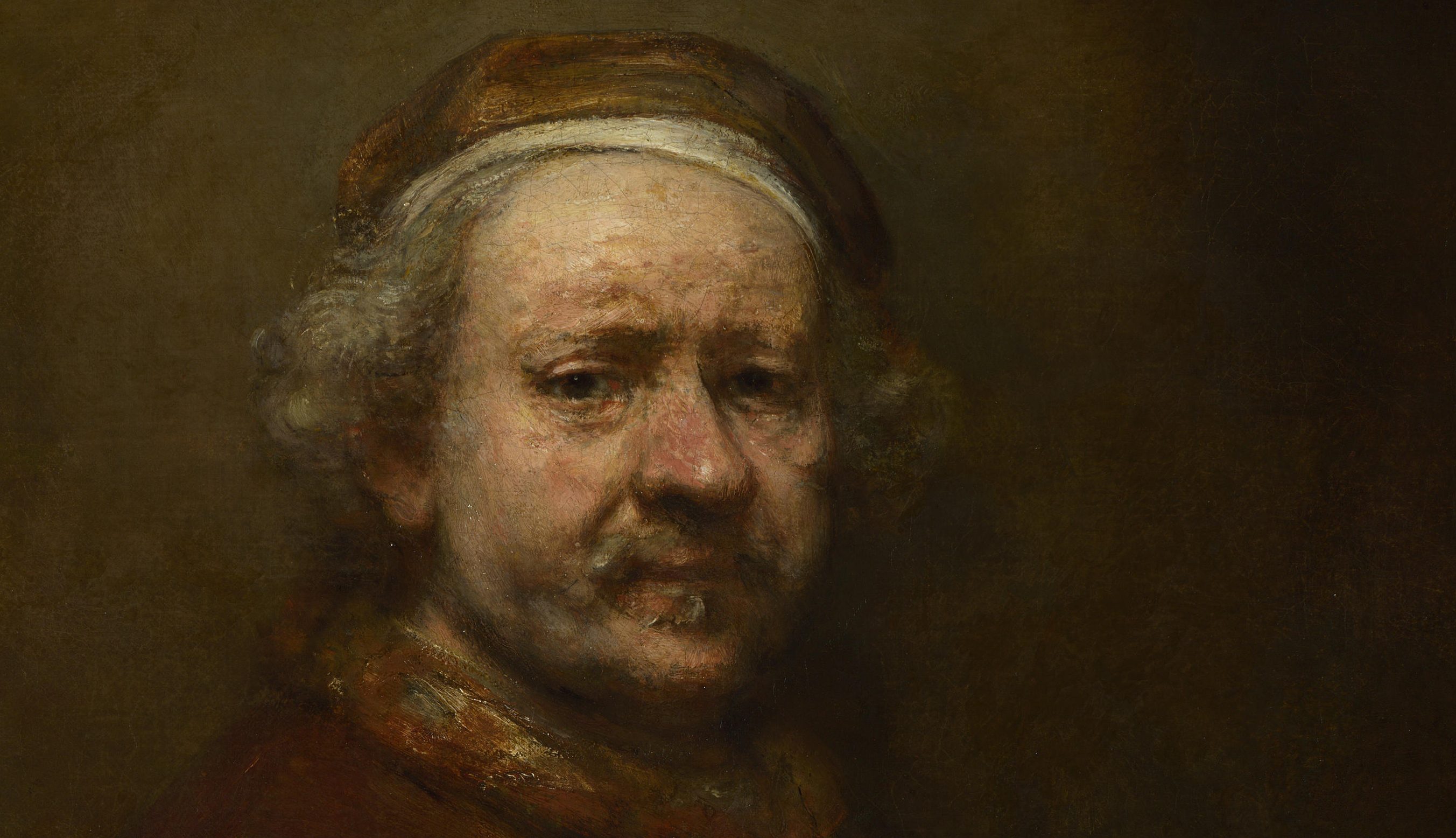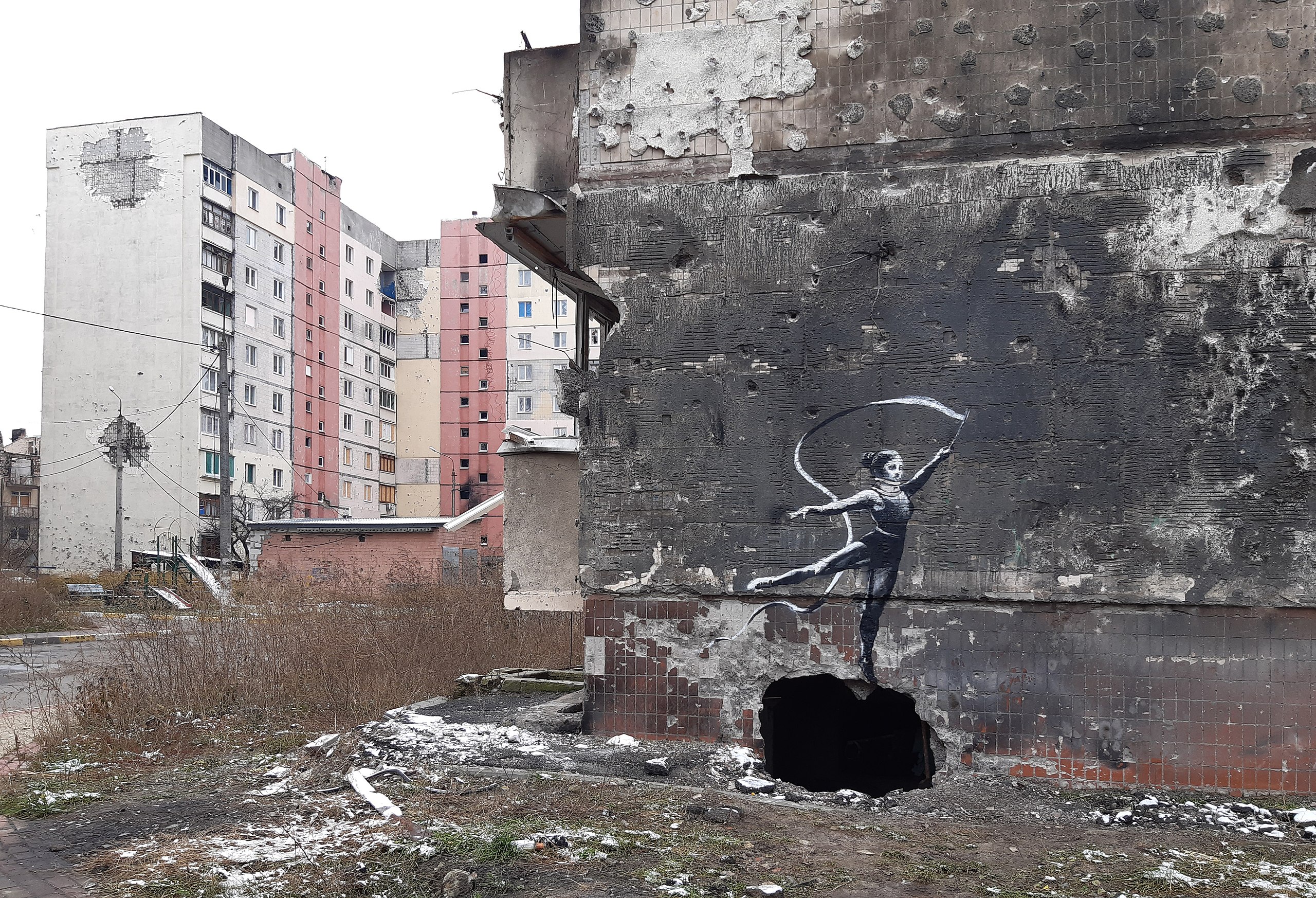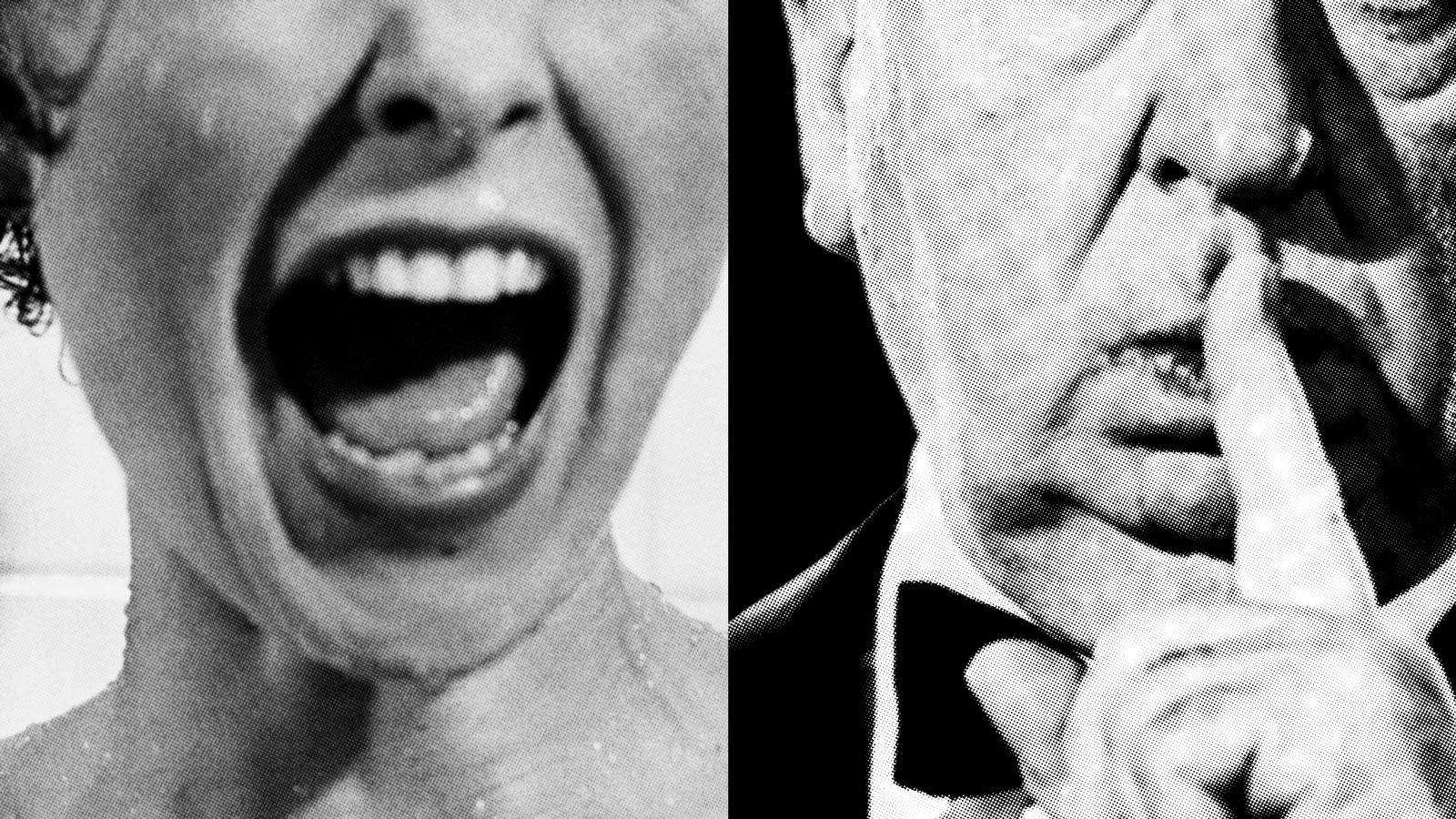Animation may be entering a new renaissance. Here’s why.

- Popular animated films have been rendered in an increasingly realistic style in recent decades.
- As animation historian Tom Sito told Big Think, the medium has cycled between realism and abstraction over the past century.
- Whether abstract or realistic, the principles of animation are the same, and even the crudest forms of animation are able to evoke strong emotional responses in audiences.
One of the most critically acclaimed animated films to come out in recent decades is Don Hertzfeldt’s 2012 It’s Such a Beautiful Day. The film, which received top honor at the Sundance Film Festival among many other accolades, is as beloved for its story — about a man named Bill who suffers from a mysterious, debilitating neurological disorder — as its unusual visual style. Blending traditional animation with live-action and photography, most of the characters are drawn as stick figures, with dots for eyes and simple shapes for bodies.
You’d think the film’s crude and minimalist aesthetic wouldn’t be a recipe for sparking intense emotional reactions in viewers, but that’s not the case. While the clashing blend of artistic mediums mirrors the confusion that Bill experiences as a result of his deteriorating mental state, the character designs enable Hertzfeldt to convey emotions in their most basic recognizable form.
Watching It’s Such a Beautiful Day leaves viewers with many thoughts — not only about the human condition but also about the current state of the animation industry. In a time when so many big-budget animated movies use the same highly polished and realistic style — and sometimes suffer in quality as a result — one inevitably wonders why there aren’t more filmmakers going out on a limb as Hertzfeldt did. It’s a valid question, not in the least because animation, unlike live-action, is limited only by the imagination of the artist. Still, the answer’s not so simple.
As veteran animator, animation historian, and UCLA animation instructor Tom Sito told Big Think, animated styles are shaped by many different influences, from the tastes of the audience to the economics of the business, and even the political systems in which that business operates.
CGI goes blockbuster
The highly polished, hyperrealistic style seen in most animated films today can be traced back to the rise of Pixar, which created the first computer-animated film (Toy Story) in 1995. “During the digital revolution, when animation went from paper and paint to bytes and tablets, and animators began working alongside programmers,” Sito said, “their new measure of success became: how realistic can we make this look?” One of the reasons Pixar chose to make a movie about toys was because the software available to them — though not yet sophisticated enough to imitate skin — was quite adept at emulating the textures of wood and plastic. Technological advancements opened the door to other, more complicated subjects, from the furry monsters of Monsters, Inc (2001) to the scaly fish of Finding Nemo (2003) to the humans of The Incredibles (2005).
Taking note of Pixar’s commercial success, other animation studios from DreamWorks to Blue Sky began copying their visuals. Even Disney, after years of fruitless resistance, abandoned 2D animation in favor of computer graphics.
“It depends on whether a film is being driven by creative or financial forces,” Sito said when asked why 21st-century animation converged into a single, uniform look. “No one would say Don Hertzfeldt’s movies are out there to make money. But when they are, and they see something that works — be it a superhero movie or a family sitcom like The Simpsons — everyone will start copying that.”
Convergence in style is also driven by the increasing globalization of animation. “Animation, even more so than filmmaking in general, has become a lot more international than it used to be,” Sito said. “In the past, everything was done in Hollywood. Now, it’s different. Illumination, the studio behind the Minions movies, might have a studio in LA, but it’s really just a storefront. Directors and storyboard artists work from home on their computers. Animation is done by teams in Montreal, Paris, and Budapest; coloring in Vietnam and India. The film gets assembled on the West Coast, while post-production happens in London or New York.”
You’d think that, with so many people from so many different countries working together, there would be at least some transmission of styles and influences, but that’s generally not the case. “Making a modern animated movie takes anywhere between 50 to 500 people,” Sito said, “and there is a certain professional discipline that once the style is set, everyone draws in that style.”
The cycles of animation
Fortunately, as with any other art form, animation is constantly evolving, and over time even the most established standards and practices give way to something new. After more than two decades, Pixar’s reign was challenged by the release of Sony Pictures Animation’s 2018 surprise hit Spider-Man: Into the Spider-Verse. Similar to It’s Such a Beautiful Day, critics and audiences alike were wowed by the film’s well-written story as much as its distinct style. Incorporating cell-shading, comic-book paneling, and a variety of other experimental techniques, Spider-Verse was hailed as a breath of fresh air in an industry that desperately needed oxygen. As with Toy Story, rival companies followed suit, leading to other inventive titles like 2022’s Puss in Boots: The Last Wish, which also received glowing reviews.
“Animation has always cycled between realism and stylization.”
Tom Sito
This development surprised many, but Sito saw it coming. “What’s happening today is a kind of parallel to what was happening in traditional animation a generation ago,” he said. “In the 1930s, Walt Disney pushed for greater realism, too, so much that the animators working on Bambi told him, ‘Why don’t you just take a camera and film an actual deer?’” Disney’s rigid vision — alongside the enduring popularity of The Bugs Bunny Show, Tom and Jerry, and other so-called “pursuit” cartoons where one character chases another — led to a reaction in the 1940s when companies like United Productions of America (UPA) stepped away from tired tropes and experimented with new styles, many inspired by graphic artists.
This continued until the 1980s and 1990s, when there was a reaction to the reaction where many animators returned to the well-defined but long-abandoned Disney style, leading to the production of films like The Little Mermaid and The Beauty and the Beast. “Basically,” Sito said, “animation has always cycled between realism and stylization.”
Shifts in style are often driven by commercial factors. But sometimes, they’re motivated by politics as well. “A popular joke in the industry is that animation and communism go together really well,” Sito joked. “A friend from Slovakia once told me that, in Soviet times, the government appropriated 50% of its budget for educational and children’s films, 25% for propaganda films, and the remaining 25% for what it called ‘prestige films,’ or films they knew would enter international competitions and increase the reputation of the countries they represent.” These were often abstract, experimental, and highly inventive.
While many international productions still force their animators to stick to an agreed-upon style, more and more of them are encouraging people to draw inspiration from their cultural backgrounds: “The other day I was listening to a podcast with the creators of Into the Spider-Verse. They had a unit working in India and said they asked them to refer to comics they read when they were kids, incorporating their color schemes and designs into the film. More of that could happen moving forward.”
Common denominators
Regardless of whether an animated film is realistic or stylized, animators draw on the same principles that make animation such a powerful medium to begin with, manipulating color, shape, and form to make static images come to life.
Asked to define animation’s relation to the real world, Sito was reminded of one of his teachers: Oliver “Ollie” Johnston. One of Disney’s so-called “Nine Old Men” — the original animators whose talents helped turn the studio into the powerhouse and cultural icon it is today — Johnston, Sito shared, used to say, “Good animation isn’t copying life. Good animation is a caricature of life. It’s life plus. It’s knowing how to augment and push performances to make them more real than real.”
The power of animation transcends culture, language, and even age. Sito recalled a time when he was waiting on a plane and saw a mother with two children: a toddler and a baby. The toddler was wearing a Micky Mouse bag, and the baby looked at it and smiled. “This child was far too young to have watched a Micky Mouse cartoon,” Sito points out. “She probably doesn’t know who the character even is. Yet there’s something about him — the round, friendly shapes, the big head, the large eyes — that makes him appealing, even to her.”





